Students and Teachers Work to Stay Encouraged With Virtual School
Virtual school has been difficult for both students and teachers as they navigate the 2020-2021 school year.
February 9, 2021
If you were to ask you what words come to mind when someone says the school year of 2020-2021, what would they be? Stressful? Scary? Unique? Chaotic? Many that are involved in education currently can relate to these complicated emotions. Teachers and students are both having major difficulties because of the switch from everyone being in person to virtual learning.
While some students are back in school, there are still many that have chosen the option of remaining virtual. In the second semester, one would think that virtual learners would be comfortable with the format by now having done this since August. While they may be familiar and understand the format, many students attending school virtually are struggling.
“Virtual teaching isn’t going very well for me. I’ve seen my grades fall lower than they’ve ever been before, because I have trouble learning anything when it’s just a screen and a voice,” Sean Switzer, a senior at Great Crossing High School, disappointedly said.
Switzer isn’t alone in his struggles. Sophomore Skyler James, a sophomore at GCHS, has found virtual school to be difficult as well. “I think virtual learning sucks for me because I have a hard time staying focused. I think virtual learning is more complicated than in-person, mainly since I have trouble keeping up with all the work, and it seems harder to understand the content.”
Students understand that the first step to making things easier is to share their struggles with their teachers. Once teachers understand what students need help with, they can help create a plan or make adjustments to a current one. Switzer explained, “The best advice I’ve received from a teacher about virtual learning was to take some time to do something you enjoy every now and then, so you’re not just monotonously doing work for hours.”
Technology isn’t perfect, and technical issues sometimes add to the difficulty of virtual lessons. It wasn’t that big of a deal when in person but technology failed, but now if it fails, school can’t happen. Robert Pigeon, a math teacher at GCHS, understands the problems technology can create for students. “In our class, one of our students didn’t make our meeting because their wifi wasn’t working properly. So that really sucks. Yeah, they can watch the video that I recorded, but if they had a question in the middle of it they couldn’t stop and cut in and ask me a question. That is a really big concern of mine,” Pigeon explained.
Not only is it hard for students to learn, but it is really hard to teach virtually. Trying to explain how to use a calculator to classroom of students is difficult when everybody’s together, and I am able to look over their shoulder and see what their plugging into the calculator. Doing it virtually was just 10 times as hard, and I am really worried about how well students understood the process,” Pigeon stated.
Virtual class also sometimes means that students don’t get help immediately. “I remember in the beginning of the year when someone would send me a message saying ‘I need help on number 4,’ and unless I had my phone right in front of me, it may take me 10-15 minutes to reply. If the student had moved onto something else because they were waiting for me, it might take 10-15 minutes for them to reply back to me.”
Teachers are willing to help students that are virtual though. Pigeon explained “If students send me a message saying ‘hey, I am stuck on number 7,’ I’ll say hey let’s jump on a google meet and then we can do one on one,” Pigeon shared.
Valerie Maynard, an English teacher at Great Crossing stated her concerns about virtual learning go beyond academic concerns. “I worry if my students are getting what they need at home as far as their physical, mental, or emotional needs, and if they are even able to do their work. And so when the students have fallen off the radar, I try to be really compassionate and understanding but it is so hard because so many disappear.”
Teachers understand that this year is hard on everyone for a variety of reasons. “I try to express that I completely understand this is a hard learning format and that it is easy to get behind. It is different than normal school and I stress that. I think that acknowledgement make students more likely to connect with me and to respond to my communications,” said Maynard.
While teachers have been focused on encouraging students, they have been surprised when the students offer encouragement to the teachers. It shows the importance of building relationships and connections. Pigeon said, “I always talked with one student about how much I liked the calendar her sister got, and so this girl bought me a calendar this year. She wrote me a little card and that was nice.” Pigeon voiced.
Students recognizing that teachers have struggles is a mental boost for teachers. “I have gotten a lot of heartfelt messages from students to encourage me to stay strong and keep going. And I appreciate that and I think it is because I’m very open and I communicate with kids. I communicate that I care and I am here for them, but I also communicate when I am going through a hard time and when I am struggling just to show them that I am human too,” Maynard shared.
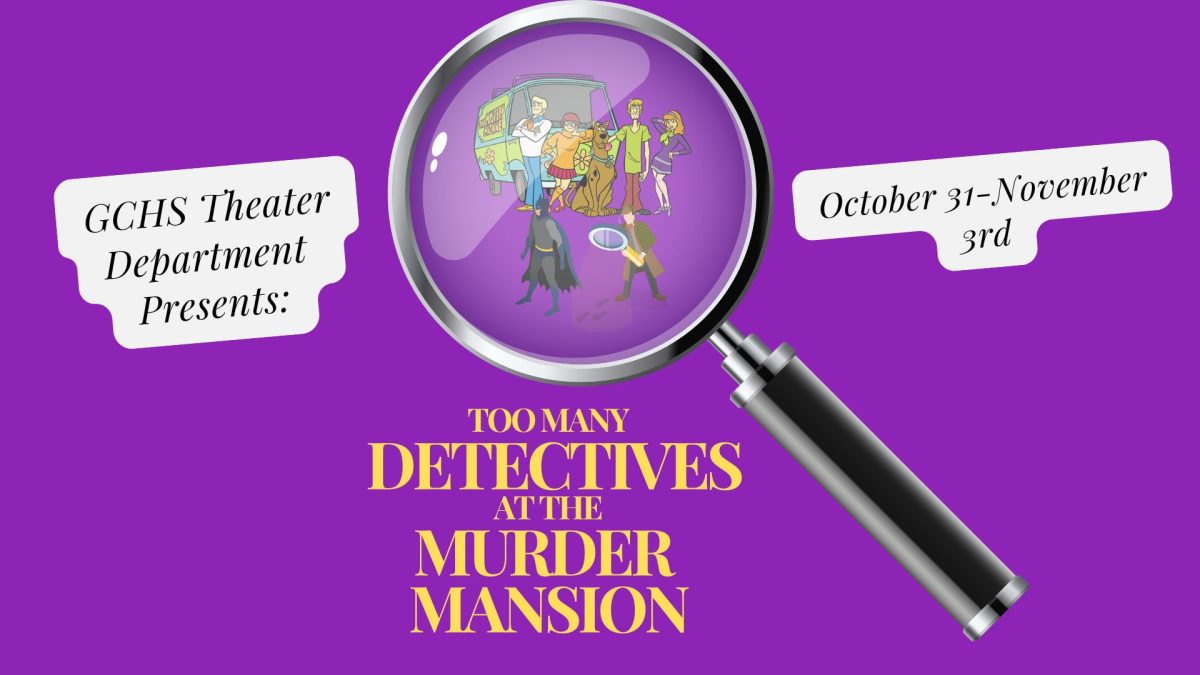
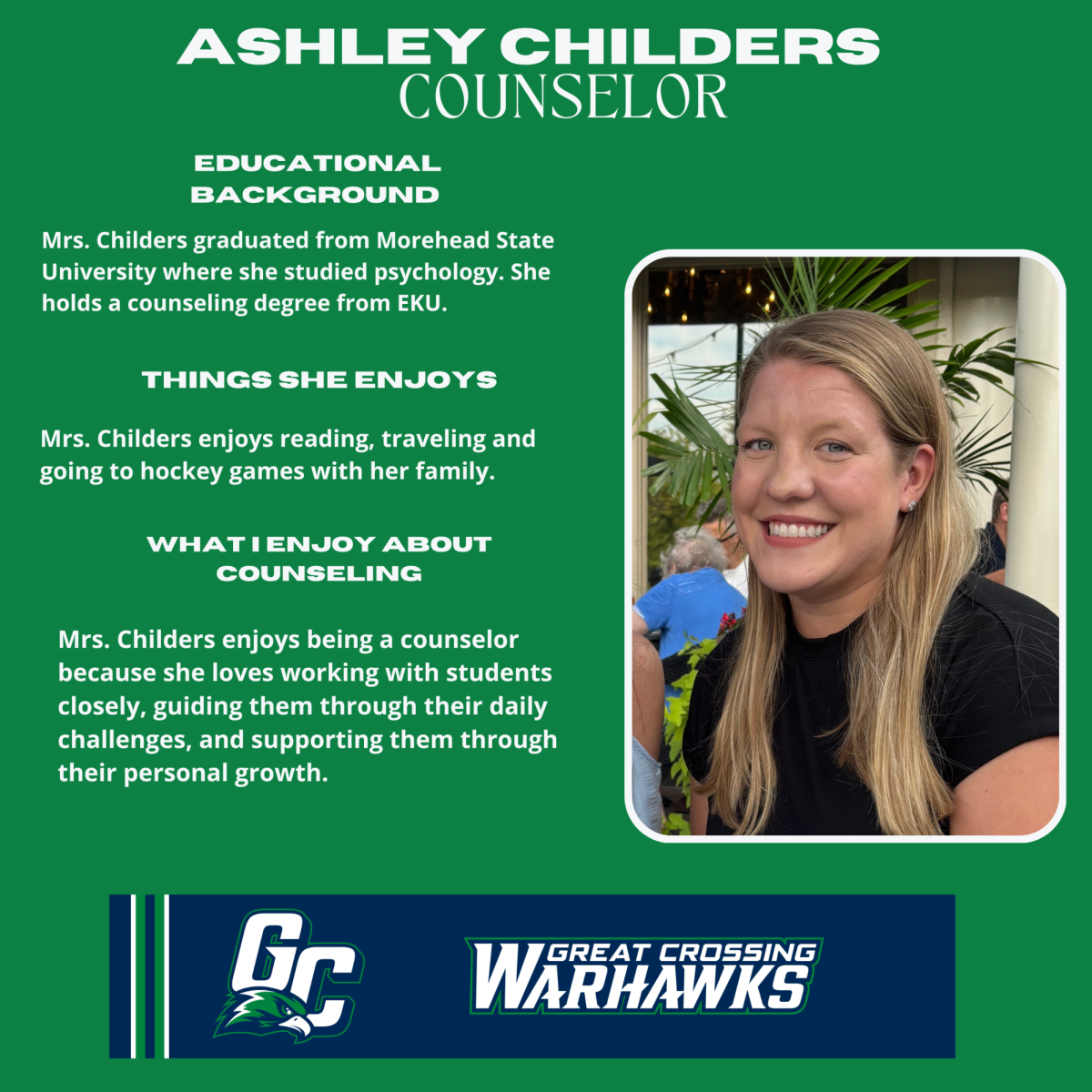
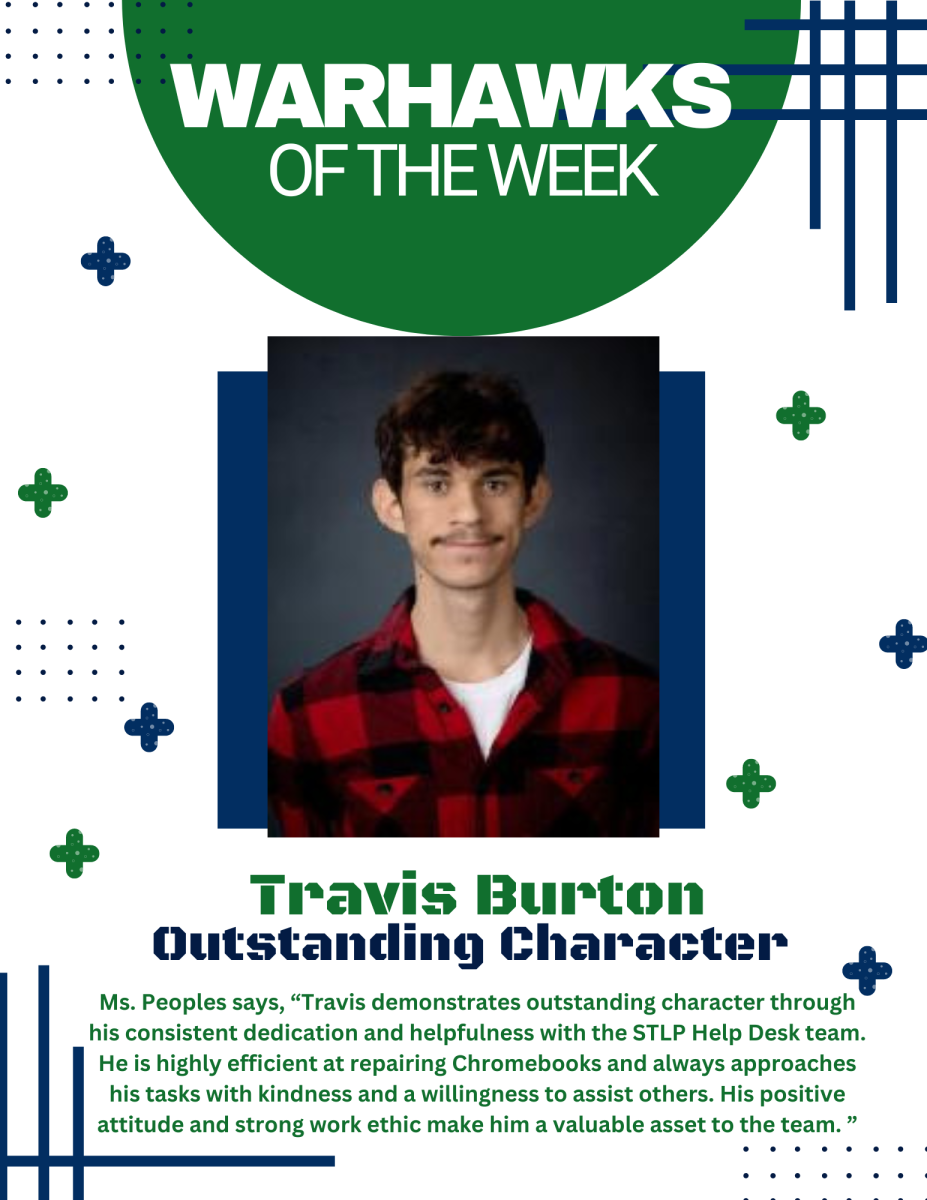
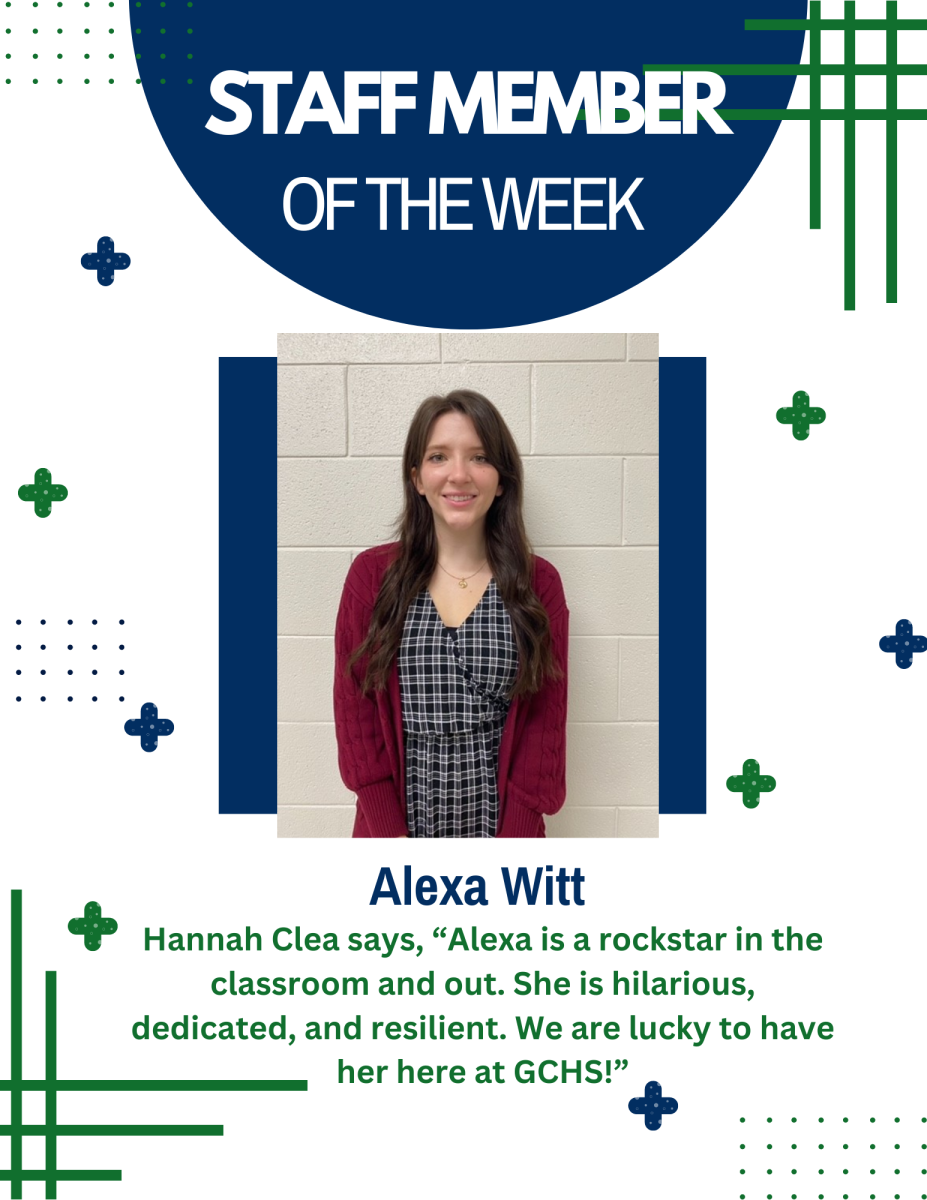

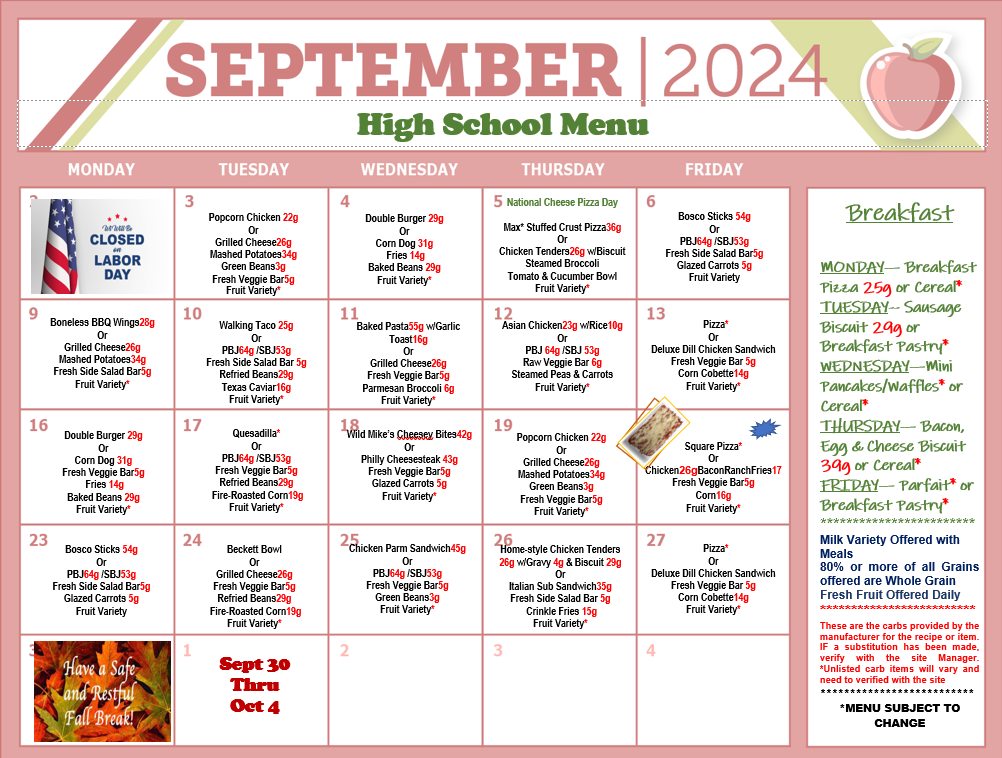

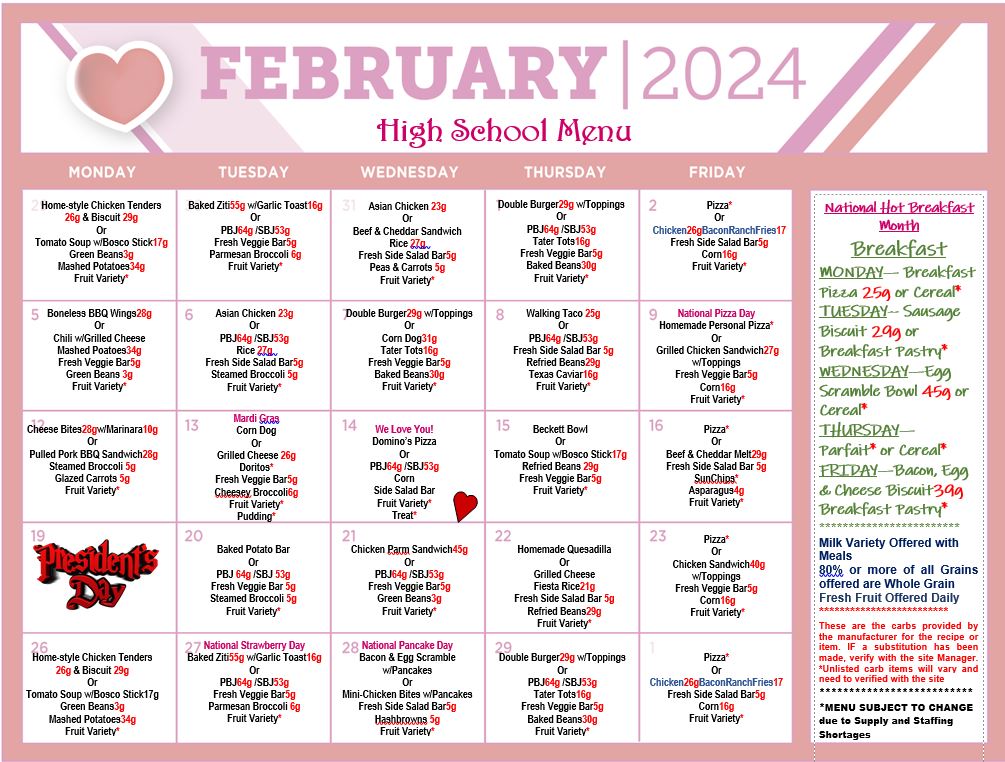


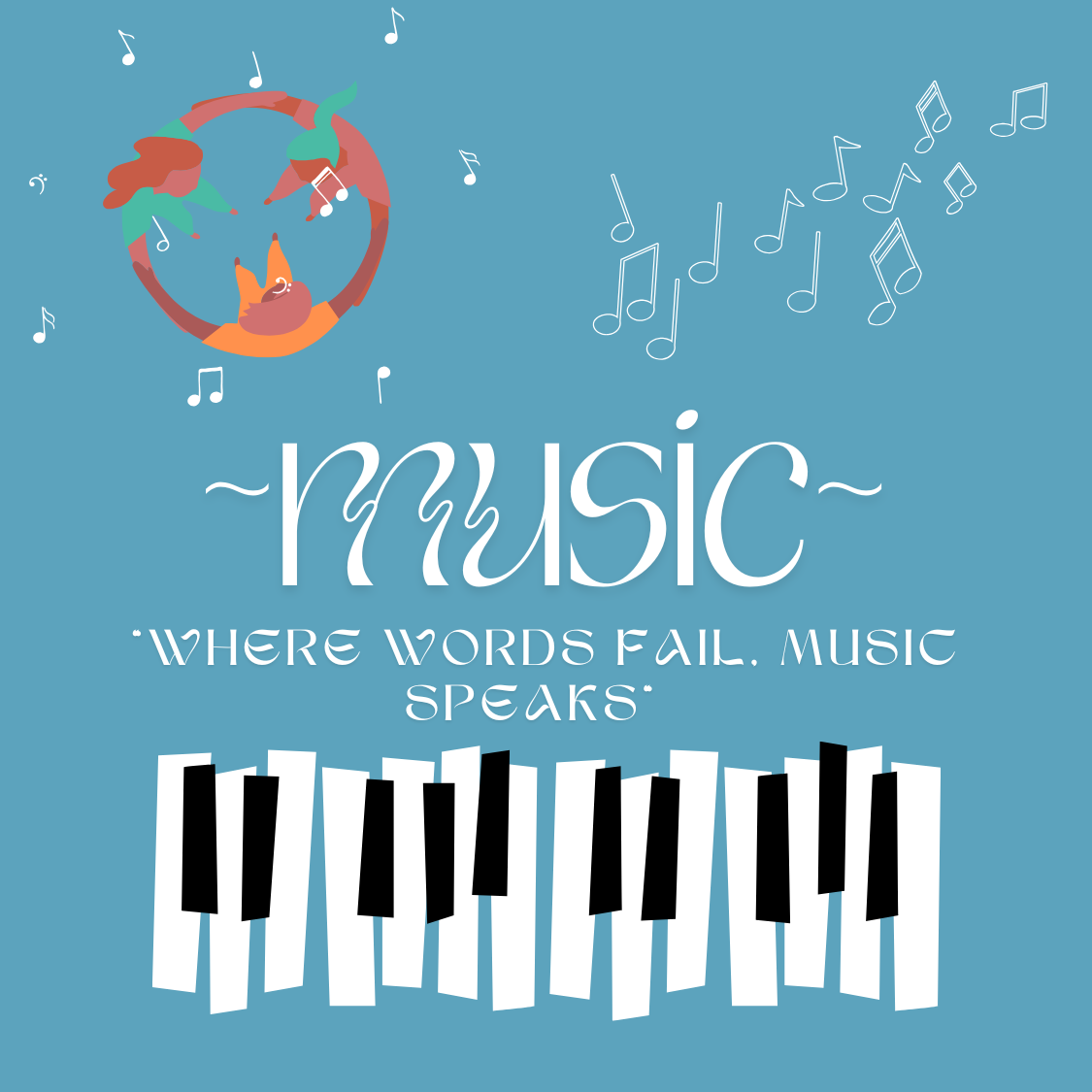
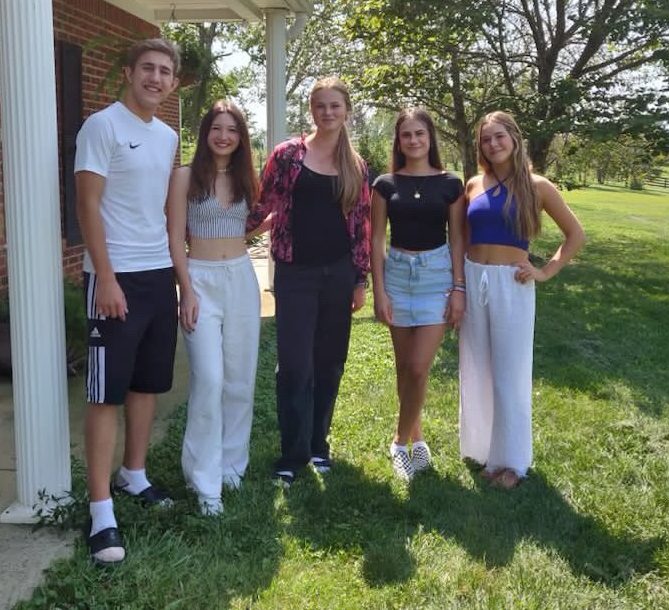
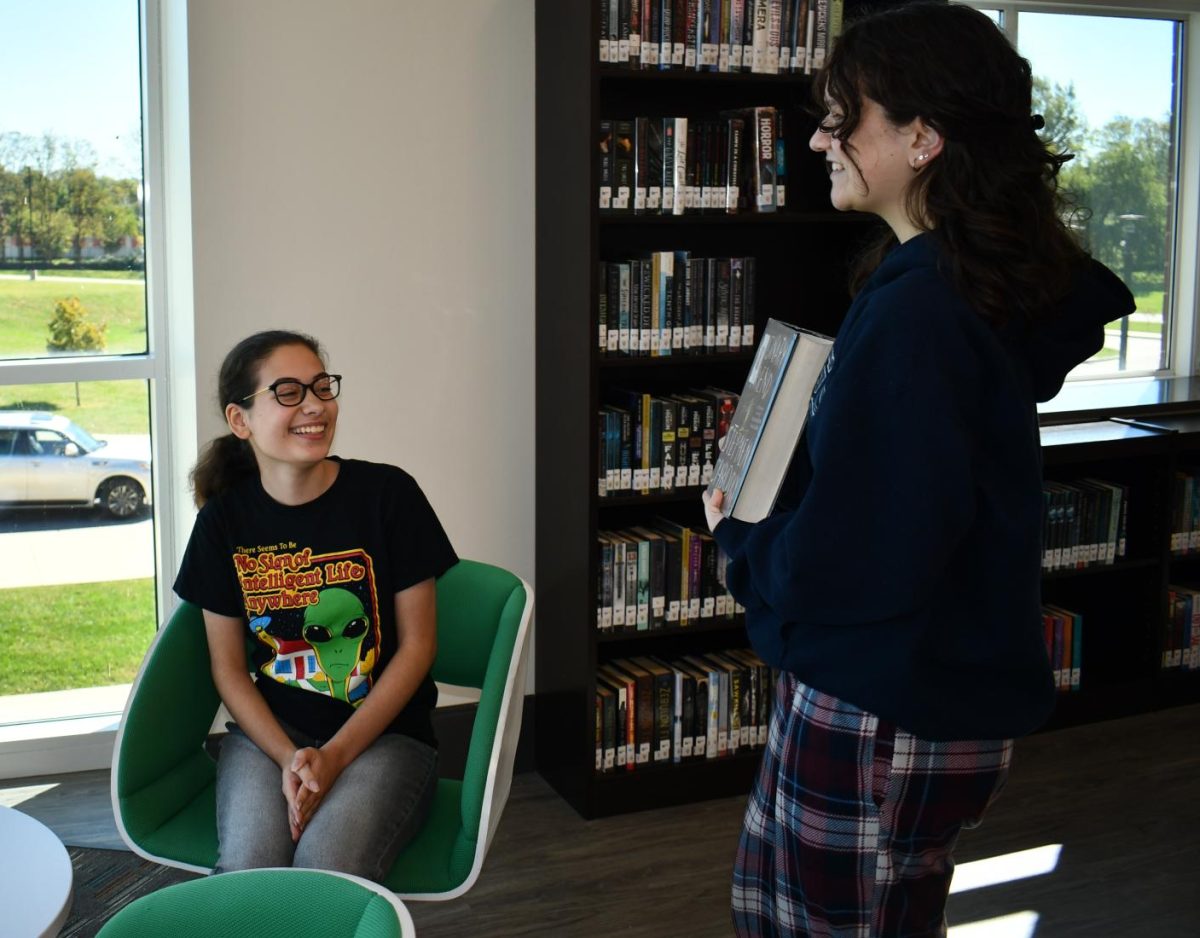



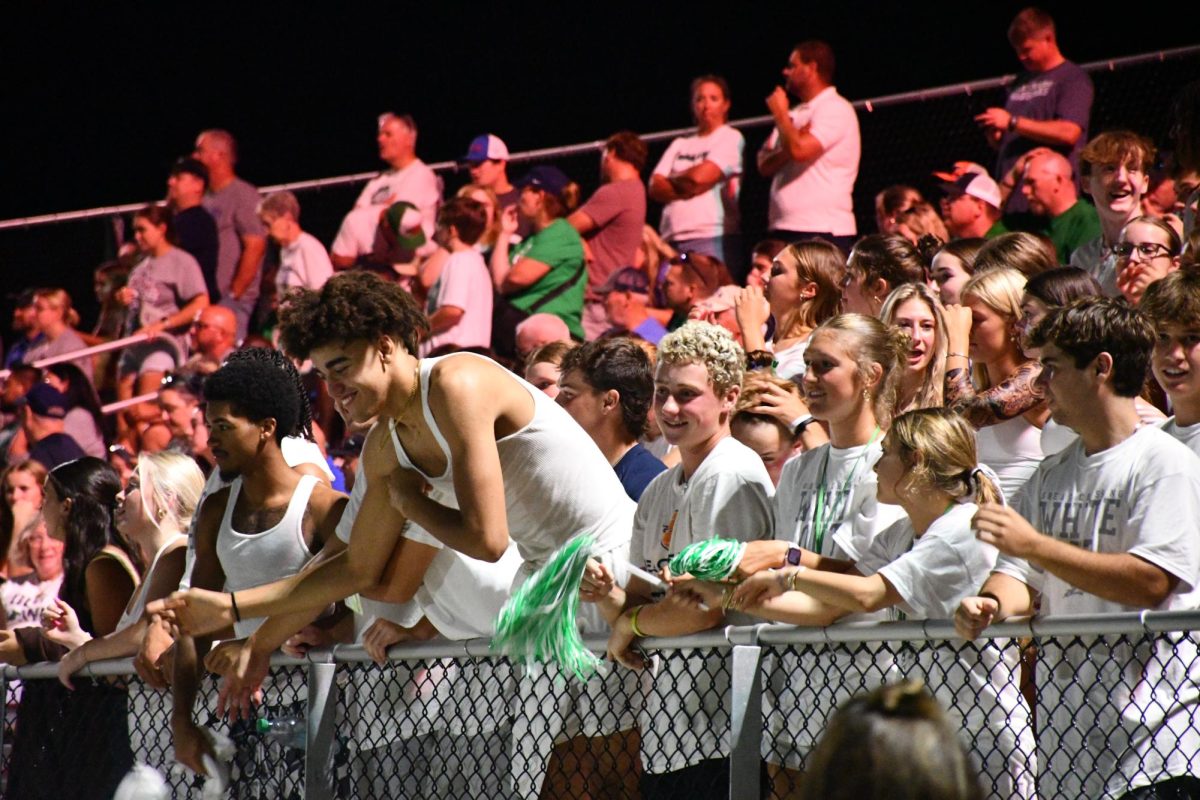

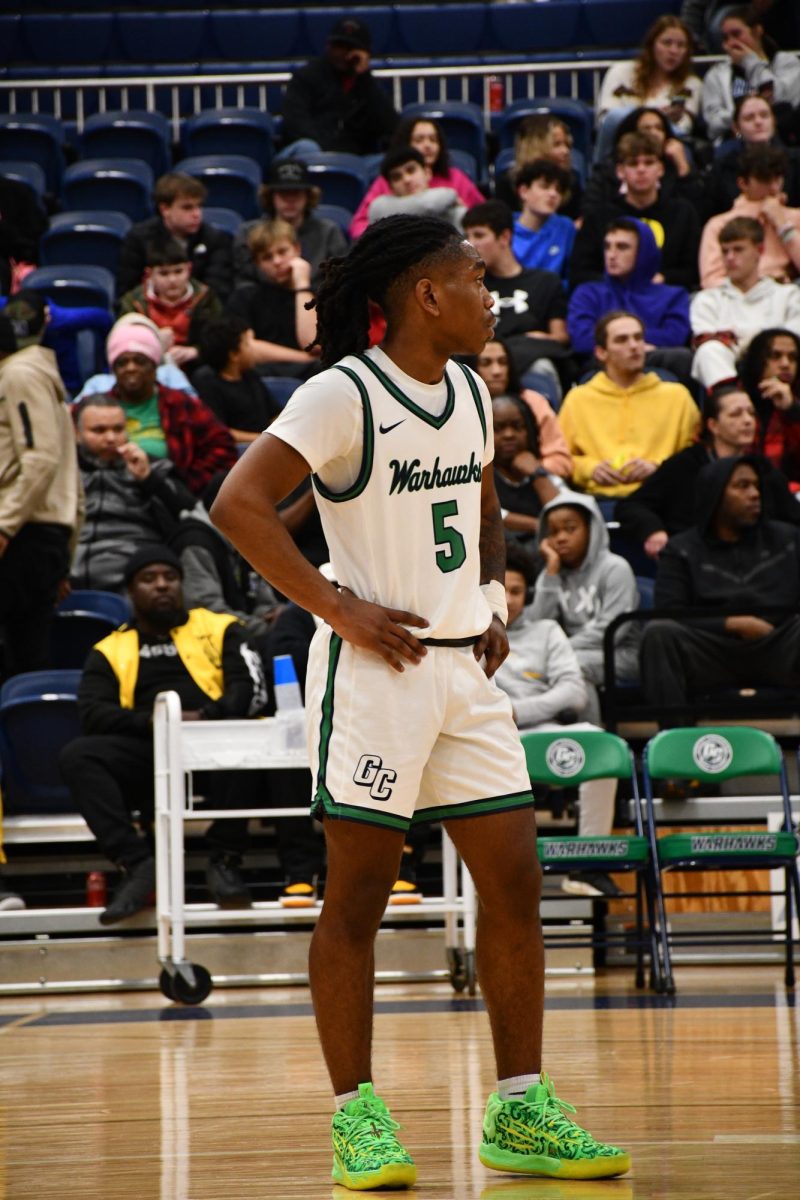
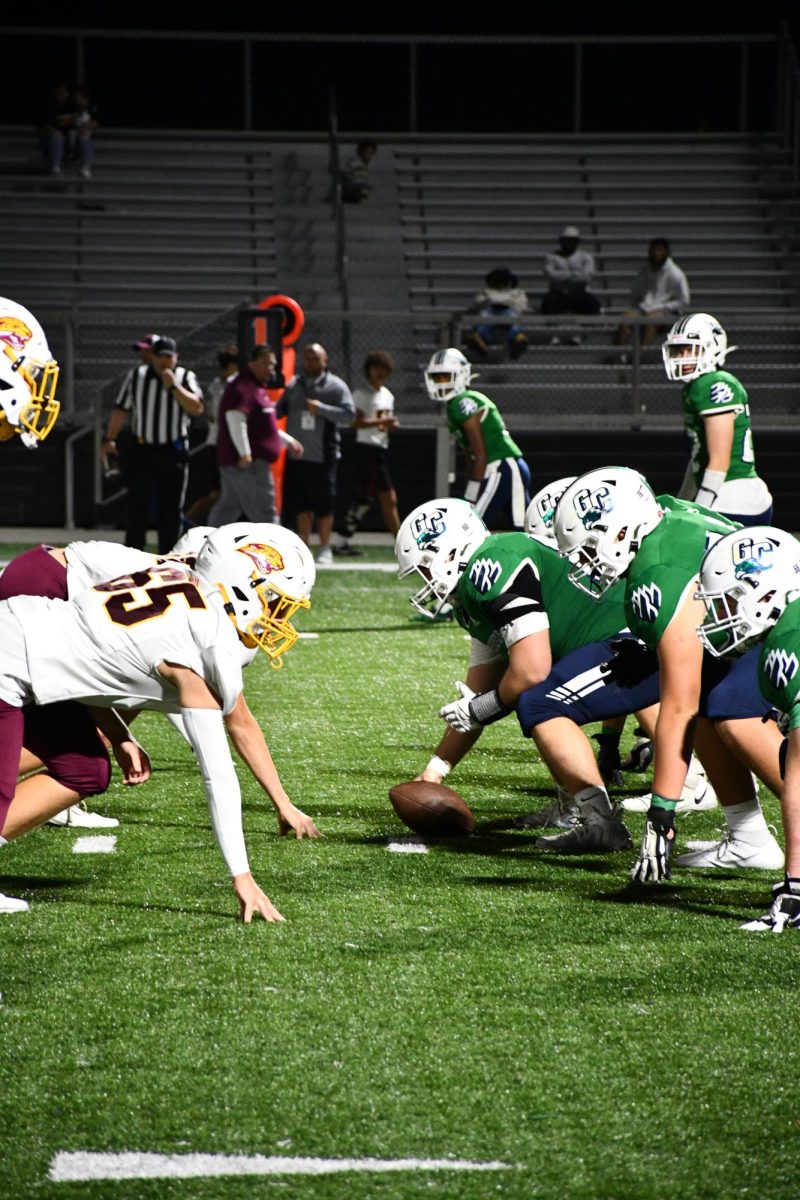
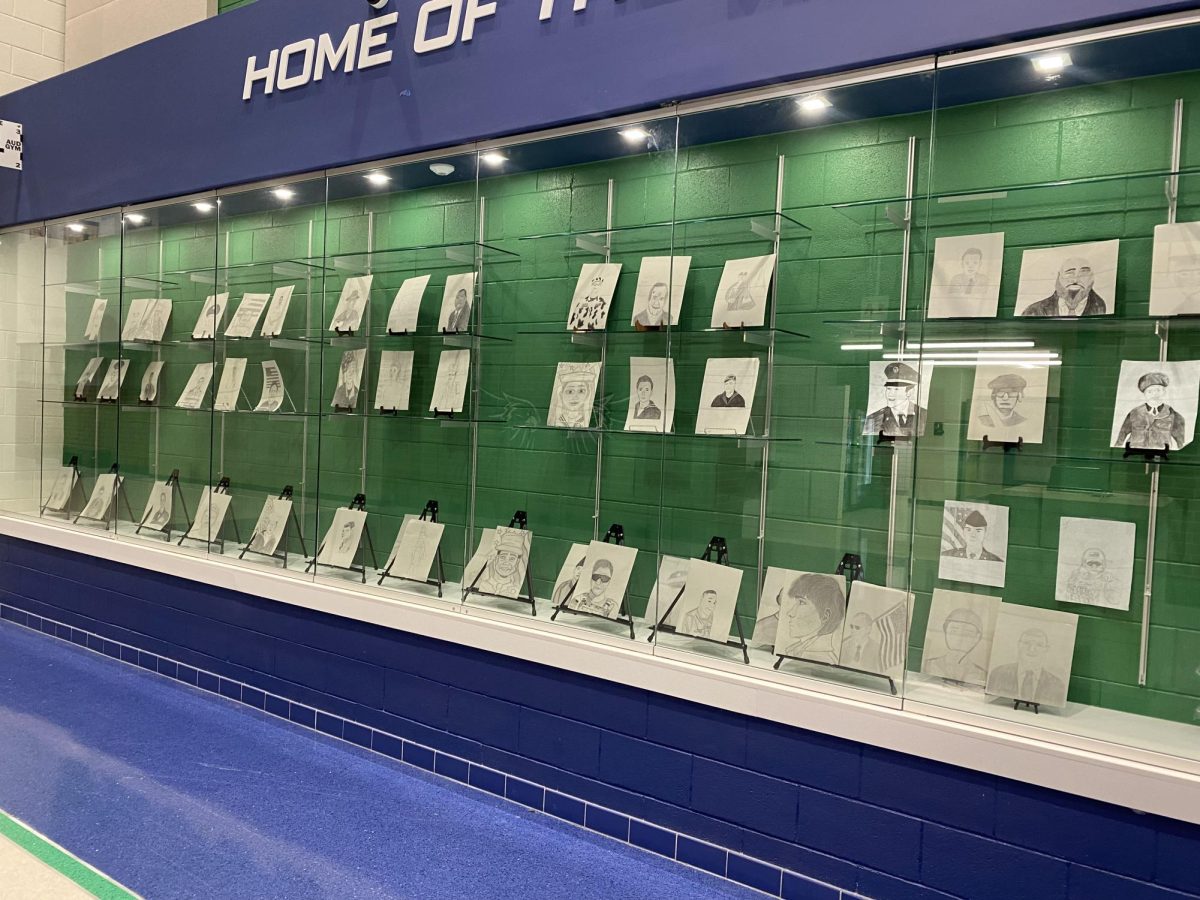

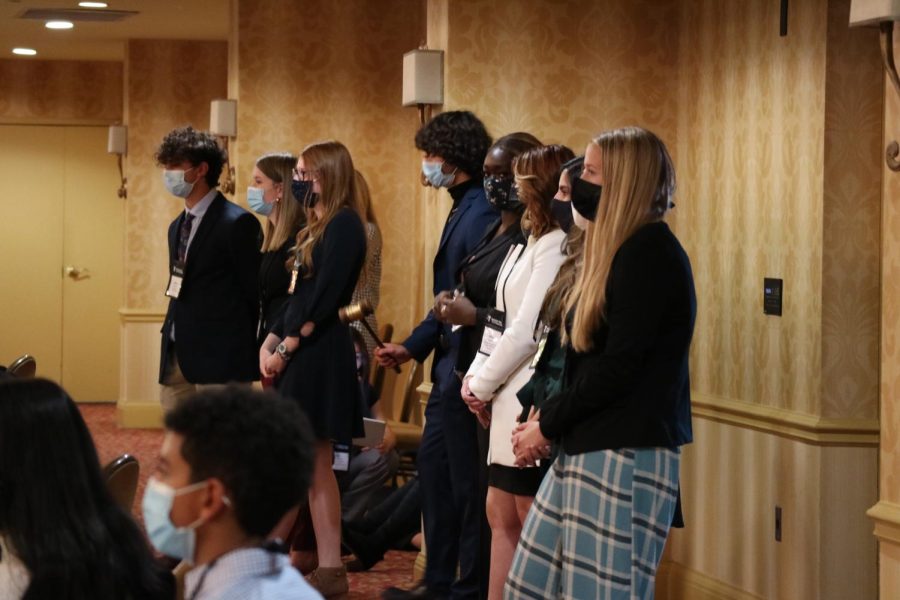







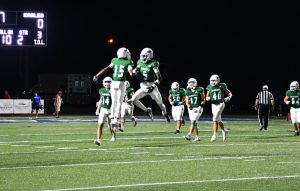

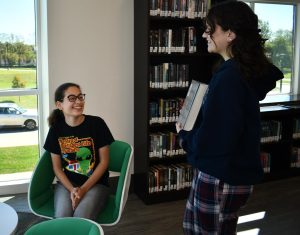


Joy Lusby • Feb 17, 2021 at 10:12 am
Alaina, thank you for taking time to examine both perspectives of virtual learning. As well, I love that you acknowledged that teachers have struggled emotionally with virtual learning as well. I know students want teachers to reach out to them, but know this…teachers 100% want students to reach out to them! Once again, well done, Alaina!!
Griffin Hoover • Feb 12, 2021 at 1:14 pm
Great Article, the stuff that is said during this article is true it has been difficult this year trying to keep up with all our work and grades with technology problems and I have gotten several 0’s on assignments I have actually done. This article really does speak out about the issues around virtual learning and hopefully things can improve if we have to revert back to virtual.
Noah Ballard • Feb 12, 2021 at 9:43 am
Very good article, everything about it is true. It’s been difficult to maintain good grades this year and even this week we had a technology problem that cause several students to get a 0 on an assignment that most did. all around I think this article I a good read that highlights a lot of the main problems that have developed while trying to go to school during these crazy times.
Valerie Maynard • Feb 10, 2021 at 7:41 pm
Lovely work, Alaina! It was so cool to see our interview come to life in this article. You did a fantastic job weaving in voices of those you interviewed with your own voice and insight. This truly captures the struggles of our time. You are doing amazing!
Annette Manlief • Feb 10, 2021 at 10:46 am
Nice job on this! We all ARE working hard.
Cheri Risher • Feb 10, 2021 at 9:45 am
Great article! I loved the opening. I loved how you brought out the struggles teachers have with virtual learning, as well.
Melissa Smith • Feb 10, 2021 at 9:16 am
I enjoyed this article. I really appreciated how you presented the challenges of virtual learning for everyone-students and teachers.
Angela Ferguson • Feb 10, 2021 at 9:12 am
Wonderful article! I love that you showed both sides. Teachers are struggling as well, we worry about our students in more ways than one.
Kristy Johnson • Feb 9, 2021 at 3:24 pm
Great article. I really like how you have represented the struggles of both sides. Well done.